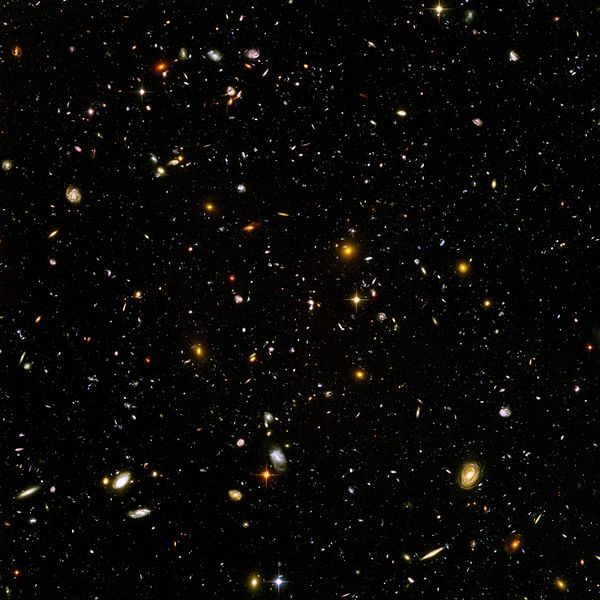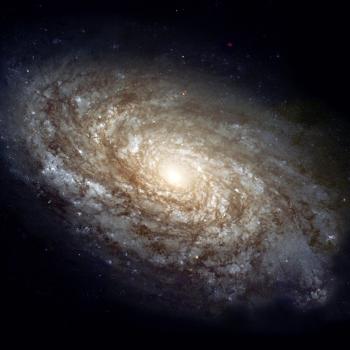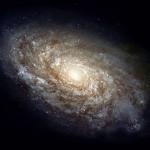
(NASA and the European Space Agency)
My regular Deseret News column has appeared:
“Appreciating eyes that see, fingers that feel and ears that hear”
***
Chris Impey, University Distinguished Professor and Deputy Head of the Department of Astronomy at the University of Arizona, in his book How It Began: A Time-Traveler’s Guide to the Universe (New York and London: W. W. Norton and Company, 2012), 218-219, on the Hubble Ultra Deep Field:
Let’s try and get a sense of this incredible image. Hold a pin at arm’s length; the head of the pin covers as much sky as the image produced by Hubble’s CCD camera. Astronomers harvested 10,000 galaxies from this miniscule region of sky. The faintest are 5 billion times fainter than the eye can see, and Hubble can only collect one photon per minute from them — think of seeing a firefly on the Moon. Covering the whole sky to this depth would take a million years of uninterrupted observing.
The numbers are staggering, and they can be used to derive some important information about the contents of the universe. Since the Ultra Deep Field covers 1/13,000,000 of the sky, the projected total number of galaxies in all directions is 130 billion. Each galaxy will on average contain 100 billion stars, so there are about 1022, or 10,000 billion billion stars in the visible universe. This number grows to 1023 if we include dim red dwarfs down to the fusion limit. That’s a mind-bending number, made even more exciting by the implications for life. We’ve learned that planets are ubiquitous around Sun-like stars and we expect to learn soon about the abundance of habitable and Earth-like planets. The number of potential biology experiments in the universe may be similar to the number of stars. What odds would you put on our being alone?
Dr. Impey’s estimates are, of course, based on the cosmological principle of isotropy, which assumes that the universe is pretty much the same, on average, in all directions. But there’s no obvious reason to assume otherwise. So, “We’ve seen through most of the volume of the universe. A full census is unlikely to be much more than 130 billion.” (220) (Galaxies, he means.)
Moreover, for reasons that he outlines, Professor Impey is convinced that, in the Hubble Ultra Deep Field, we’ve seen about as far out (and as far back) as we’re likely to see, in terms of galaxies. (NASA’s projected James Webb Space Telescope will, he hopes, take us back to “first light,” the earliest stars, but the furthest — and, therefore, oldest — galaxies in the Ultra Deep Field seem pretty primitive.)
But try to wrap your mind around that number: At least 10,000 billion billion stars.
Moses 1:
33 And worlds without number have I created; and I also created them for mine own purpose; and by the Son I created them, which is mine Only Begotten.
34 And the first man of all men have I called Adam, which is many.
35 But only an account of this earth, and the inhabitants thereof, give I unto you. For behold, there are many worlds that have passed away by the word of my power. And there are many that now stand, and innumerable are they unto man; but all things are numbered unto me, for they are mine and I know them.











